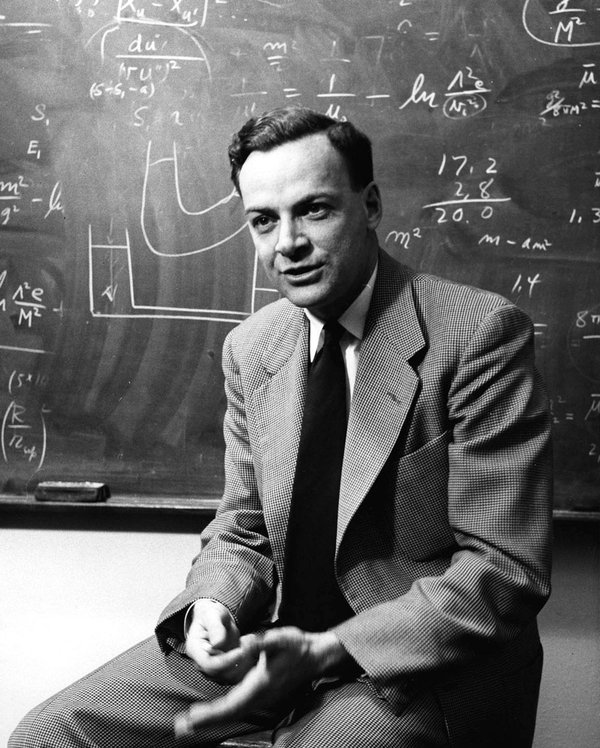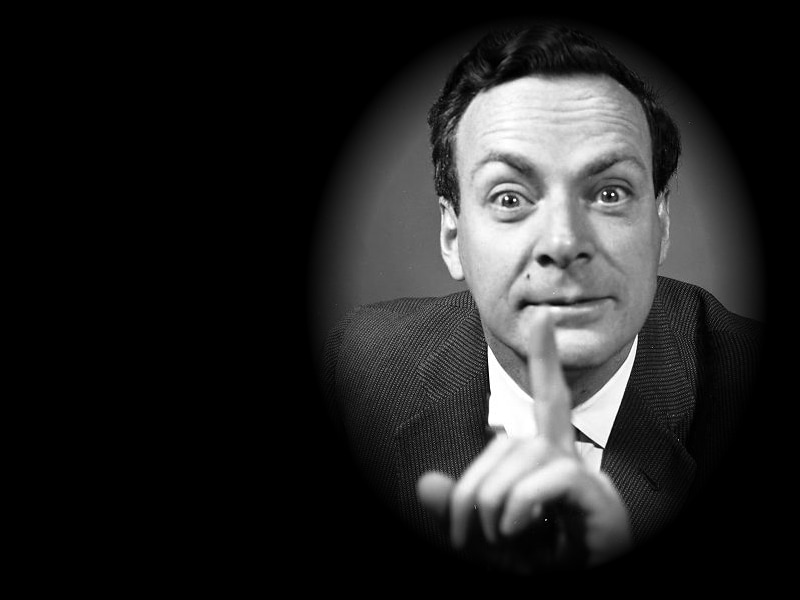n
Joe Maddon
I usually don’t make New Year’s resolutions. In the past I’ve found that any resolutions I make are quickly forgotten causing needless pseudo-guilt and moments of almost feeling bad. For me simple strategies are far more effective; strategies akin to making slight course corrections vs. radical throw-the-baby-out-with-the-bath-water lifestyle changes. This year I’m adopting Joe Maddon’s mantra mentioned above: do simple better. I think there’s more than enough complexity in life and the intent to make things simpler across the board is at the very least a noble endeavor. If anything it should make for less stress. I’ll let you know how it works out.
The beginning of the calendar year also signals the start of the Master Sommelier examination cycle. Candidates for the Master’s Exam found out last fall that the theory segment of the examination—which must be passed before sitting the tasting and service segments—has been moved from the March slot of the last several years to late July. Reaction by students was mixed: joy at having more time to prepare and despair at having more time to prepare. Rest assured that there are more than 150 people throughout the U.S. and in Canada at this very moment assiduously, relentlessly, and ecumenically cramming information into their respective mental hard drives. No doubt the student forums on Guildsomm.com are filled with candidates exchanging information on sources, study strategies, and more. It may be the beginning of January, but things on the Master’s theory study front are already heating up.
I’ve written about the Master’s theory exam in previous posts as well as thoughts and strategies on how to prepare for it. If not familiar, the exam format is very straight forward: the candidate sits in front of an exam panel consisting of two Master Sommeliers and orally answers upwards of 75-80 monumentally difficult questions about anything in the world of wine, spirits, and other alcoholic beverages. The challenges are threefold: first, organizing a vast amount of information into some kind of system for study, committing said mountain of information to memory, and finally, being able to retrieve the information under considerable stress experienced during the actual exam.
The three factors pose major challenges to different candidates. For students without an advanced academic background (i.e., no college experience), studying and preparing for an exam of this nature can be alien territory. For others, committing a lot of information to long term memory is a huge challenge. But for most the deal breaker is being able to deal with the nerves and anxiety of the exam in order to retrieve needed information.
Enter Richard Feynman, one of the most accomplished theoretical physicists of the 20th century. He is known for his work on the theories of quantum mechanics, quantum electrodynamics, and particle physics. In 1965 Feynman (pronounced fainmen), along with Julian Schwinger and Sinchiro Tomonaga, received the Nobel Prize for Physics. Feynman was also part of the Manhattan Project during WWII and was appointed to the Rogers Commission in the 1980’s, the panel that investigated the Space Shuttle Challenger disaster. Feynman was especially gifted at popularizing physics in both his lectures and books including three volumes taken from his undergrad lectures at Cal Tech, “The Feynman Lectures on Physics.” Several of his lectures were also filmed and are now available on YouTube. They’re well worth watching. Feynman also wrote two autobiographical books, “Surely You’re Joking, Mr. Feynman!” and “What Do You Care What Other People Think?” No surprise that Feynman was also controversial, often going against the grain of the scientific community and even the government. Many quotes from his books, lectures, and interviews point to just that. Here are a few of my favorites:
“The first principle is that you must not fool yourself and you are the easiest person to fool.”
“Study hard what interests you the most in the most undisciplined, irreverent, and original manner possible.”
“Physics is like sex: sure, it may give some practical results, but that’s not why we do it.”
“I learned very early the difference between knowing the name of something and knowing something.”
“The highest forms of understanding we can achieve are laughter and human compassion.”
“Religion is a culture of faith; science is a culture of doubt.”
The Feynman Technique
Perhaps the most impressive aspect of Feynman’s genius was his ability to take profoundly complex theories of physics and make them easily understandable by anyone. The aforementioned Cal Tech lectures are legendary for just this, not to mention his colorful personality, rasping voice, and Queens accent. In keeping with his overarching philosophy of making the complex easily understandable Feynman developed a simple technique that has been named after him. It can be applied to learning anything. With the impending Master’s theory exam there’s no better time to adopt it as a primary study strategy. The Feynman Technique consists of three steps:
1. Be Able to Explain the Information to Anyone
Take the subject matter you’re attempting to learn and write an explanation about it on paper. Write the information down as if you were explaining it to an eight-year-old. Keep the explanation—especially the terms–simple enough so anyone could understand what you’re talking about. This because we so often use the nomenclature of our respective field to mask fundamentals we don’t actually know.
2. Review
When writing out the explanation it’s inevitable that you’ll find gaps in your knowledge—details large and small that are lacking. Or perhaps you’ll forget an important concept that will help you connect the dots all the while keeping your eight-year-old audience in mind. This is when more actual studying is needed to fill in said gaps and make a complete explanation not only possible but easy to do.
3. Organize and Simplify
Here simplicity enters the picture yet again. Once you’ve finished your explanation you now have a set of notes that can be used for future review. The final step is to then arrange the notes in a narrative so you can explain the subject at hand to the proverbial eight-year-old, much less anyone. Read your notes aloud as if you’re telling the story of biodynamics, the Gran Selezione in Chianti Classico, the VDP classification, or whatever the case may be. If the explanation isn’t simple or straightforward when reading it aloud you really don’t know the information well enough. Stop! Go back to step two and plug in any information needed to make your narrative both easy to remember and easy to recite.
*There’s an optional step four: actually find someone not in the industry and practice telling them about your topics du jour. You’ll find their feedback in the form of how they listen and respond to you in the moment incredibly valuable.
Cheers and Happy New Year to all!
nn

